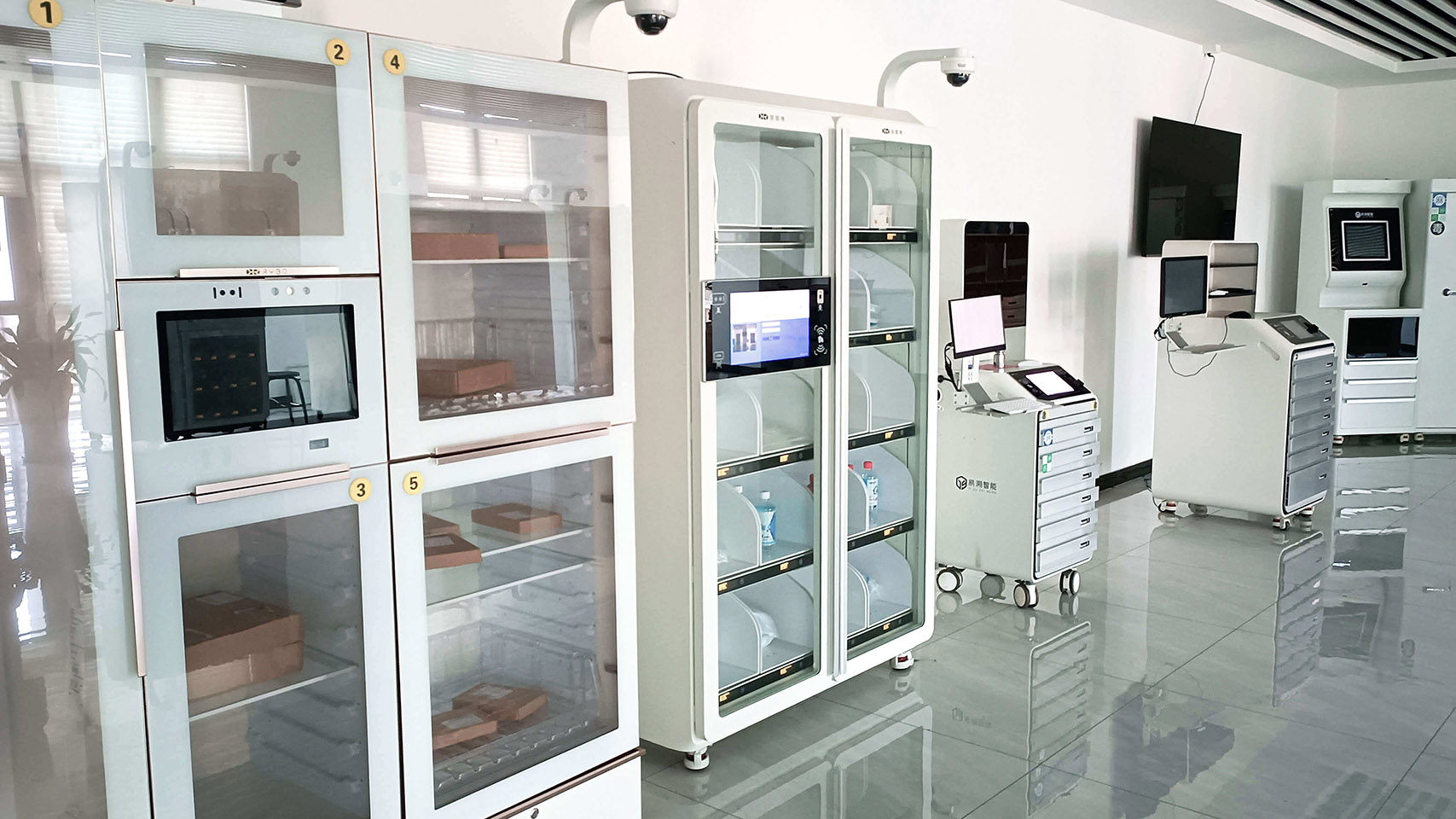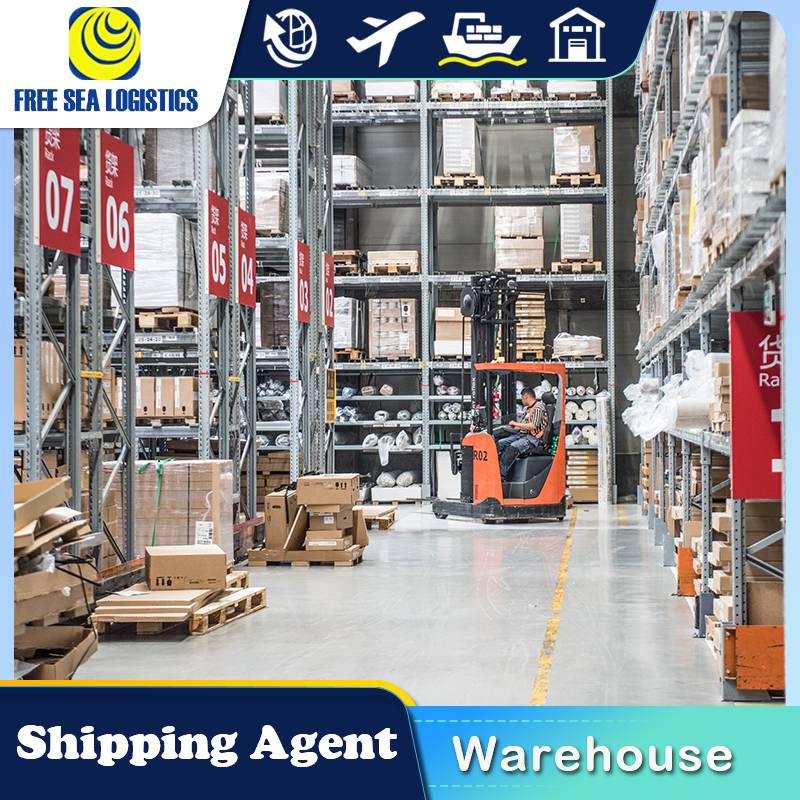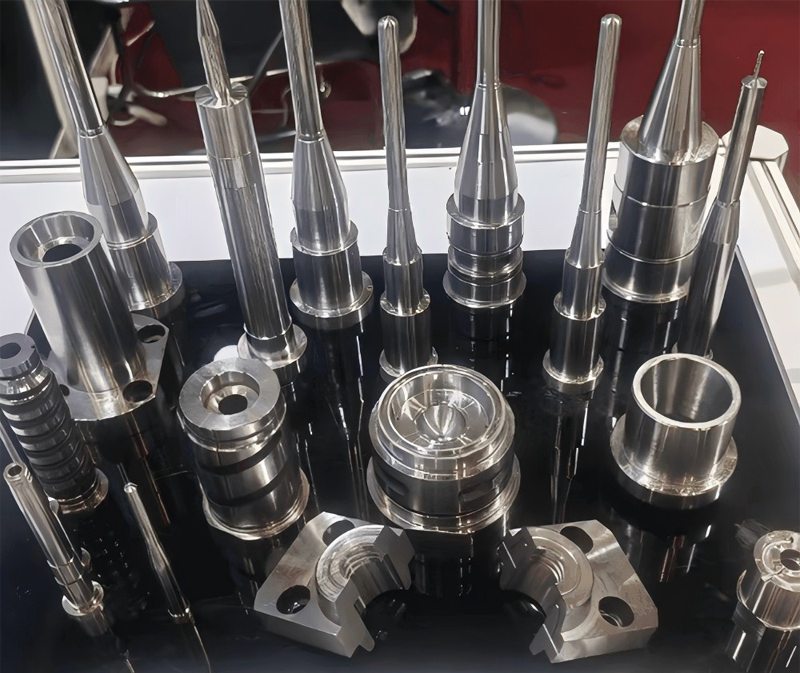The reading and writing distance of UHF split reader refers to the distance that RFID reader can effectively read RFID tags in RFID RFID system. How far is the reading distance of UHF split reader? The reading distance of UHF is generally 3-5 meters, and the farthest can reach 15 meters. The split reader can be connected with multiple antennas, and it can read a longer distance if the antennas are connected. The specific reading distance is influenced by many factors, including but not limited to the power of the reader, the gain of the antenna, the types and characteristics of RFID tags and environmental factors. The following is a detailed analysis of the factors affecting the reading distance of UHF split reader.Since then, more and more people have found that rfid module supplier The value of, thus affecting the choice of many people. https://www.vanchrfid.com/
Analysis of factors affecting the reading distance of UHF split reader
1. Reader power
The greater the power of industrial RFID reader, the larger the electromagnetic field it can generate, thus increasing the reading and writing distance. For example, the maximum output power of some UHF readers can reach 30 dBm (or higher), which determines the upper limit of their reading and writing distance to some extent.
2. Antenna gain
Antenna gain is one of the important factors that affect the reading and writing distance. The greater the antenna gain, the greater the intensity of the electromagnetic field generated by the reader in a specific direction, thus increasing the reading and writing distance. According to the reference article, the reader equipped with 8dBi antenna can reach the reading and writing distance of 0~20 meters for ordinary tags.
3. Types and characteristics of RFID tags
The types and characteristics of RFID tags also have a significant impact on the reading and writing distance. Theoretically, the larger the size of RFID tags, the more distant UHF readers can read them.
4. Environmental factors
The use environment is also very important for the reading and writing distance of RFID reader. Metals and liquids have great influence on UHF performance. Therefore, if it is used in metal objects or working environments with many metal influences, it is necessary to use metal-resistant electronic tags, so as to reduce the influence of metals on tag data signals and facilitate the normal use of RFID electronic tags.
Industrial RFID reader
ANDEAWELL UHF split reader RU5321M&T-S04 can be connected with four antennas to work at the same time, which is convenient for distributed installation and deployment of antennas. The reading distance can reach 0~5000mm (the farthest distance is related to the label size), and the protection level is IP67. It is suitable for all kinds of harsh environments in the industrial field; Built-in filter and isolation module has strong anti-interference ability, high receiving sensitivity, stable performance and strong reliability. It supports standard industrial communication protocol ModBus and is convenient for users to integrate into control systems such as PLC.
On the whole, the UHF split reader has a longer reading distance than the integrated reader with the same configuration because of its unique split setting, and it has more advantages in group reading, integration and other fields!





